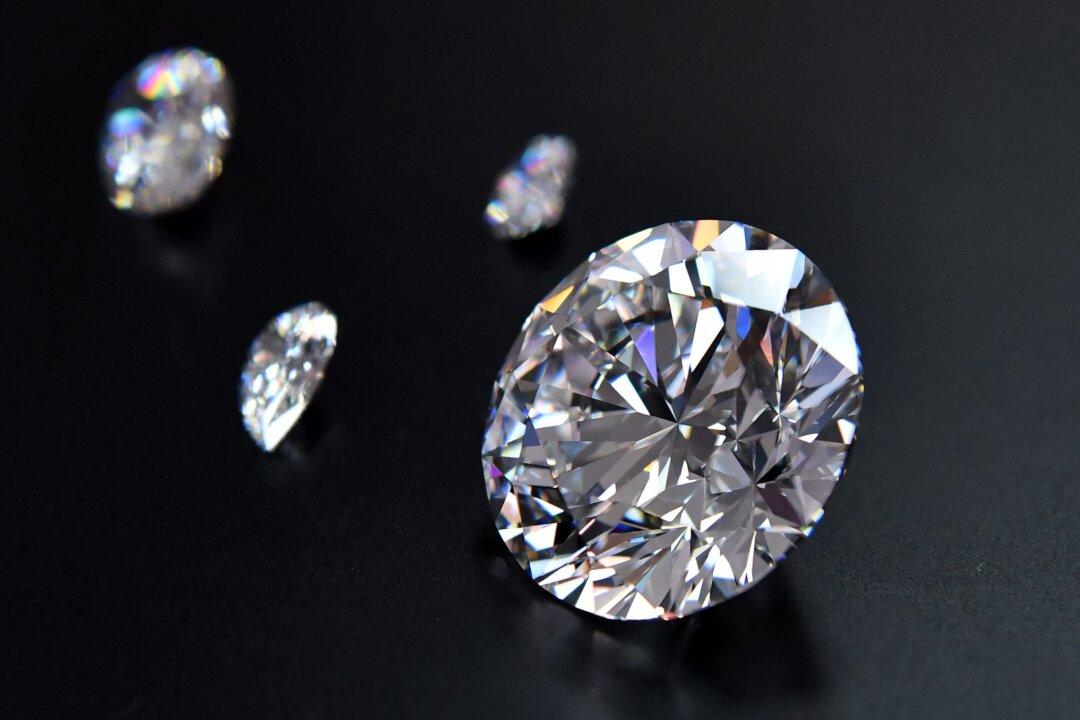South Korean scientists say they have developed a new method that creates high-quality synthetic diamonds in just three hours.
Scientists from South Korea’s Institute for Basic Science (IBS) published a study in the scientific journal Nature at the end of April about the development of a method involving liquid metal in a graphite crucible with methane (CH4) and hydrogen gas (H2) at 1,025 degrees Celsius (1,877 Fahrenheit) and atmospheric pressure to produce diamond crystals. The study garnered 14,000 views and coverage from nearly 70 media outlets, ranking highly in scientific reports.






